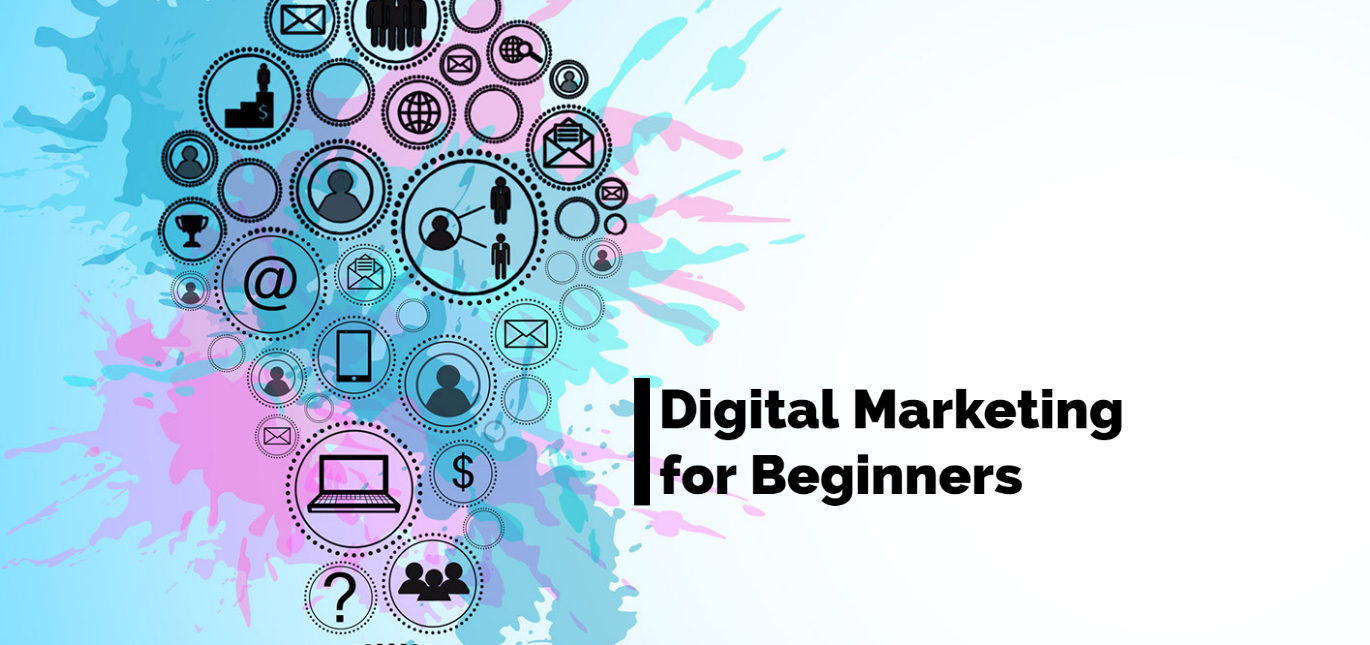There is a reason you choose to use WordPress, even though there are other blogging platforms out there. The ease of use, plugins, navigation, search engine friendliness, and many other benefits make WordPress the ideal open source software to utilize. What’s more, it’s free to use.
Before you begin, however, one of the most crucial aspects to consider is your hosting. Ensure that you select the suitable Web hosting package for your site. A majority of the websites that are live work with WordPress hosting most of the time, but you could decide to go for hosting that can be managed independently.
But to make the most of WordPress, there are a few vital steps you need to carry out. The following instructions are easy to follow and understand, even if you’re a total beginner
The Admin Area: Get It Secured
One of the first things you should do is to secure the WordPress admin area. The admin account is set up at default when WordPress is about to be launched. WordPress, as one of the most common content management systems globally, is a frequent target of Internet hackers. They know about admin accounts and could perform a lot of damage. Of course, many WordPress Websites which are presently running online have had no, but it is always wise to err on the side of caution and get your admin area properly secured; better safe than sorry.
There are firewall plugins, which you could use as a private security system on your WordPress site. You should also deactivate Remote Publishing, and you can do this via Settings> writing> Disable Post Via Email.
Another point to note here is for you to create an authors’ account with you as the chief author with full admin rights, as well as for the other users you intend to work with. Once you set it up, log out, then log in again. Delete the default admin account via your new account.
Get Essential Tools
Unless you have installed different software, you could download and install some of the following useful free software: a text editor, namely WordPress; an FTP client (FileZilla is a great choice); and an image-editing software program (such as Pinta).
Domain Name and Hosting
There are good companies out there on the Web that sell reliable domain names, as well as hosting. Purchase a domain and hosting packaged account for your site, but ensure that the hosting company meets the minimum requirements for WordPress first. As soon as your Web hosting account is created, take a note of the contact details of your Web hosting provider’s tech support, as you may need their help later on.
Set Up An Email Account
You may use your new domain name to set up an email address which will assist you in the installation process as you go on. But that is optional; you may choose another email you have already procured outside of the WordPress platform. Your new email should look like this: youremail@yourdomainname.com. If you are not sure of how to go about setting up your new email, you may have to get in touch with your hosting company’s technical support team.
Set Up Your FTP Account
You can set up an FTP address by using the new hosting account. This is important as well as you forge ahead in the installation of WordPress.
Create a Google Account
You will need to create a new Google account which you will use when integrating into your WordPress. You will be able to utilize features such as Google Analytics, Feedburner, Gmail, and Google Webmaster Tools as the need arises. You will be able to use Google Analytics to follow how your site visitors interact with your WordPress site. You will get to know where the majority of your Web traffic is coming from, how long they stay on your site, how well it is doing, etc.
Create a Feedburner Account
By default, a new WordPress websites incorporate an RSS feed. You may need to create a Feedburner account. Feedburner delivers statistics, RSS feeds, and management tools which you can utilize when using your WordPress RSS feed.
Monitoring Service
You could also create a Web monitoring service account: this account is used to make certain that your website is being broadcast and responds well for users. Monitoring service gives you insight to what is working and what you should improve upon.
WordPress Installation
There are several options for you to make use of for the installation of WordPress. You could take advantage of utilizing Fantastico and CPanel as supplied by your website hosting company. Another option is to download the latest version of WordPress and follow the familiar “five minute WordPress installation” process. Other means of installing WordPress could also be made available to you by your Web hosting company. They could also help you out if you choose to take advantage of any of the latter options.
Database
You will need to create a database and a database user (via the CPanel and PHPMyAdmin, respectively) to install WordPress appropriately if you opt for downloading and installing WordPress all by yourself. Your hosting provider could also help you out here.
Administrator Account
When you begin installing WordPress, do not set ‘admin’ as the username for your admin account as it opens you up for online hackers. You could make use of your website’s initials, and then add ‘admin’ at the end. Just ensure it’s something that can easily be remembered by you, but is sophisticated enough to out fox potential website hackers. Once the installation is complete, and you wish to change it, you are free to do so.
Login On As the Admin
After the installation, you can log in using the admin account. You can find the login screen by affixing ‘wp-login.php’ to the end of the universal resource locator of your WordPress, e.g. “http://www.yourdomain.com/wp-login.php”. You can also make use of http://www.yourdomain.com/foldername/wp-login.php, both of which will give you access to the WordPress Administration Screens.
The WordPress Address and Site Address
You can check these out by going to Settings->General Settings menu tab and add the ‘www’ if you wish. Just ensure you click on the ‘Save Changes’ button as soon as you are done. You can also set your Site Tagline and Site Name via General Settings; although, you may leave the tagline empty if you so desire. The time zone of your site can also be confirmed via the same setting tab.
Ping Services
WordPress automatically notifies update services any time you update your blog via ping messages. This is one of the ways to gain and increase traffic to your site. You can create the Update Services from Settings-> menu item and ensure you save the changes via the ‘Save Changes’ button.
Remove Sample Content
Ensure you delete or remove all the sample content that is provided when installing WordPress. You can do this using the Comments Screen, the Posts Screen, or the Links Screen.
Permanent Links
Although the default WordPress URLs have numbers or question marks in them, which make them unattractive, you have the option of creating a customized URL structure for your permanent links (“permalinks” for short).
You can change them by going from Settings->Permalink menu item, and save it after making the changes. For excellent search engine optimization, you could make use of permalinks which are straightforward as the one below:
5post_id%/%postname%/
Uploading Media
You can upload media (videos, images, recordings, etc.) when using WordPress. You need to check both the location and the structure of the upload catalog on the “Uploading Files” section via Settings -> Media tab and under the Settings -> Media Screen. It is best to uncheck the ‘Organize my uploads into month- and year-based folders’ to find your files easily. Click the ‘Save Changes’ button. Ensure that you optimize your images and other media properly to ensure the speed at which your WordPress site loads.
Robot.txt
The robot.txt protocol is a rule to prevent crawlers from having access to every part of a website. You will need to produce a text file on your site that the crawlers can read. A plugin called for WordPress known as PC Robots.txt can help you out in this aspect.
Unique Keys
With Unique Keys, your website will be difficult to hack. You can update them by installing Update Unique Keys plugin, which automatically updates/sets the Authentication Unique Keys in the wp-config.php file.
404 Errors
You need to check your site for 404 errors to prevent your visitors from experiencing issues when they visit your site. Ensure there are no links that are missing, as well as each page on your website loads correctly and quickly. You should, however, create alerts by email for any 404 errors that are encountered on your WordPress site. Doing this will enable you to monitor them, as well as fix them promptly.
Test All Forms
You need to go through all the forms like the comments forms, email subscription forms, contact forms, etc., on your WordPress site to ensure each one is working properly.
Integrate Social Media
One of the most vital aspects of launching a website is to ensure people know about it. Social media has changed the way people interact with one another, and you will do well not overlook the importance of social network sites. Ensure that your visitors can connect with your WordPress site via social media platforms like Facebook, Instagram, Twitter, YouTube, etc. You should also check that the plugins dedicated to social sharing to confirm if they are working correctly or not.
Test for Performance
Carry out performance tests by using tools such as Google Pagespeed, as well as Pingdom for speed. You can also install WP Super Cache or W3 Total Cache, and also make use of a CDN such as MaxCDN.
SEO Settings
You need to optimize your site for search engines since that is where the majority of your site visitors will come from. If your WordPress site is properly optimized, search engines will help you by driving massive traffic to your website. One of the best plugins to use is the Yoast SEO plugin, which is website optimization software created for WordPress.
If you have been looking for a complete checklist for WordPress installation, this post is it! Follow these tips to install WordPress faster, and your website would receive a boost within a very short time. You have more to gain by applying these tips.







